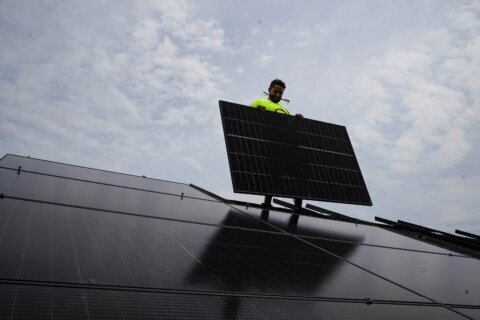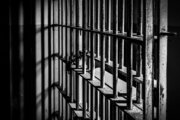WASHINGTON — Drones may be the wave of the future, but operators must still deal with present-day regulations. That’s creating conflicts with some industries, especially utilities.
Dominion Virginia Power is contracting with drone companies to inspect power lines and towers. The drones can fly much closer to the structures than a helicopter, and the drone’s high definition camera can record a much better image than a human riding ‘shotgun’ in a helicopter.
There would also be a significant saving. Drones cost a few dollars an hour to operate, while a helicopter can run between $500 and $1,000 an hour.
Other industries are finding new and creative ways to use drones to inspect facilities: Phone companies are looking at drones to check cell towers; railroads use them to inspect the undersides of bridges. Farmers can catch early outbreaks of fungus or other crop-destroying diseases.
But that creativity has a ceiling — federal regulations. Right now, drones may fly no higher than 500 feet and go no faster than 100 mph. The Federal Aviation Administration has issued thousands of waivers, but most in the drone industry agree that the long-term answer lies in new comprehensive regulations. The FAA promises those regulations early next year.
But one regulation now in place shows no sign of changing: Regardless of its range, power or durability, a drone must stay within sight of its operator. That’s a big hindrance to, for example, inspecting power lines and towers that stretch for hundreds of miles through forests or desert land.







